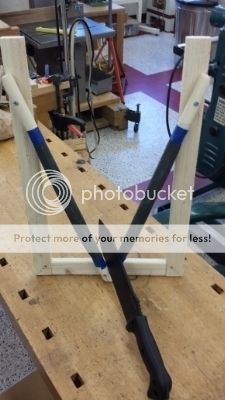So I have a Becker Bk2 and I wanted to try to sharpen this blade after using it for a while. I've had little experience with knife sharpening overall, and especially a knife of this size. I'm sure this question has been asked many times on this forum, but I wanted to know the best route I should take for sharpening the Becker Bk2, maybe simplified to fit a newcomer's skill level? lol 
Thanks in advance, Mark
Thanks in advance, Mark

